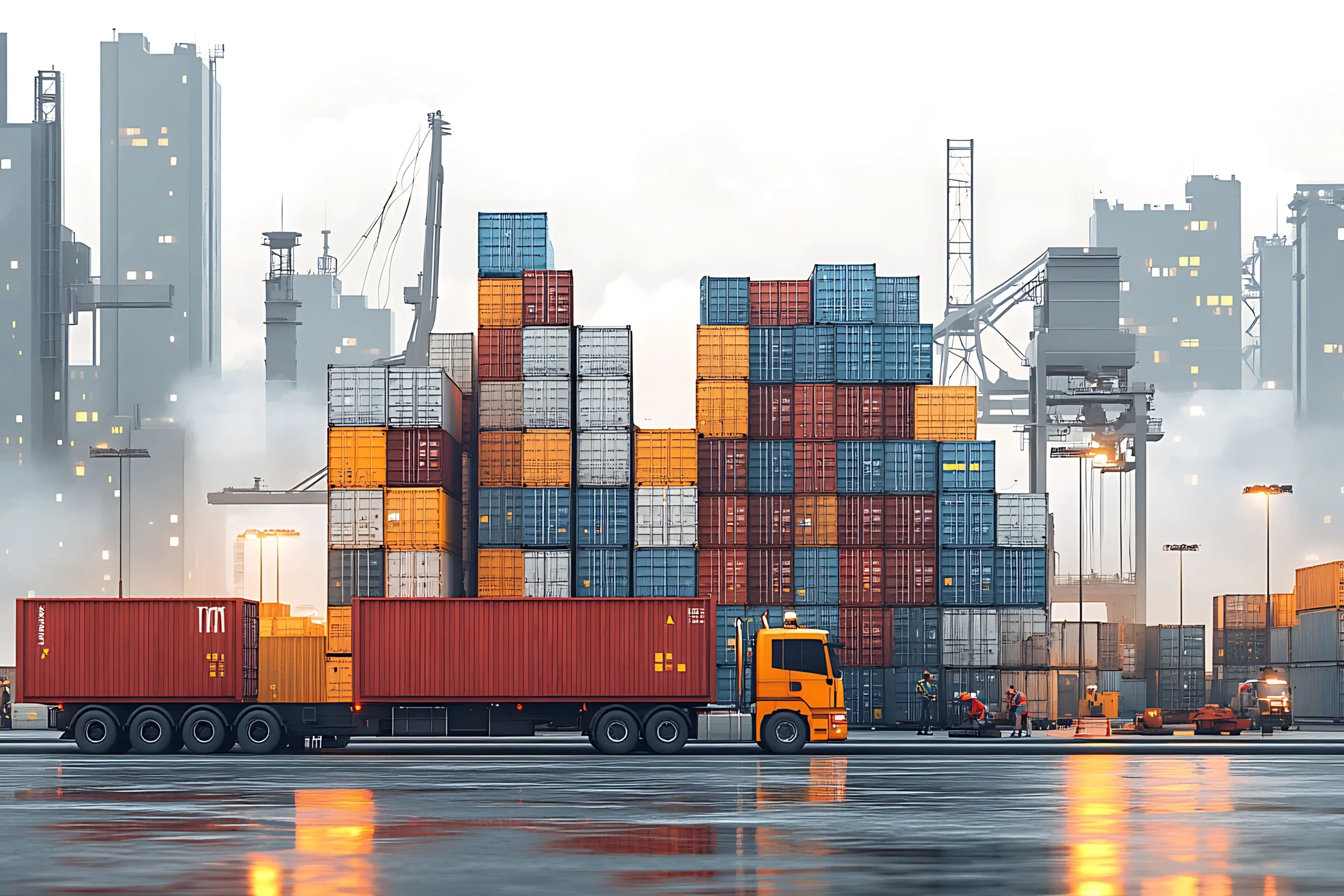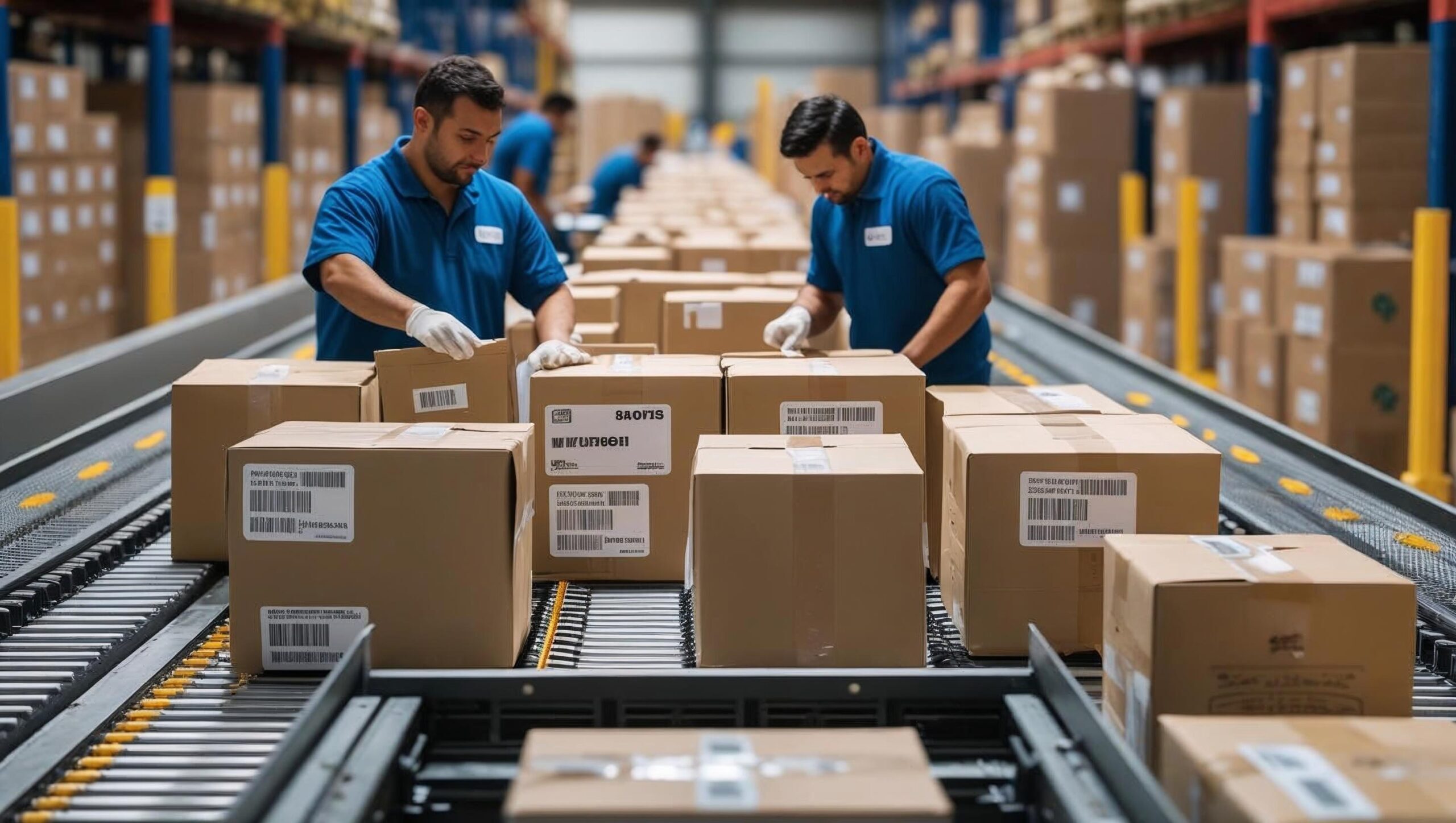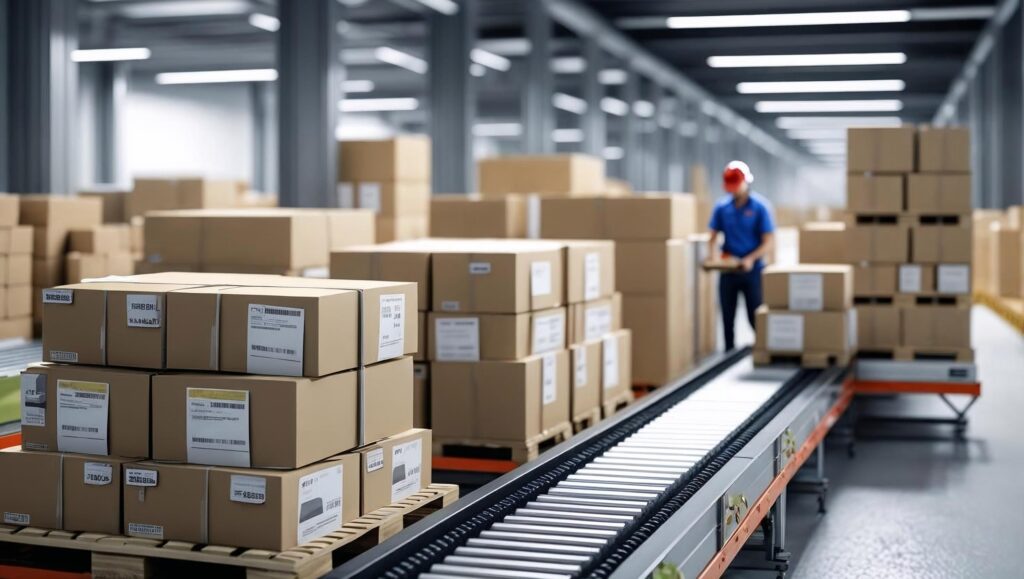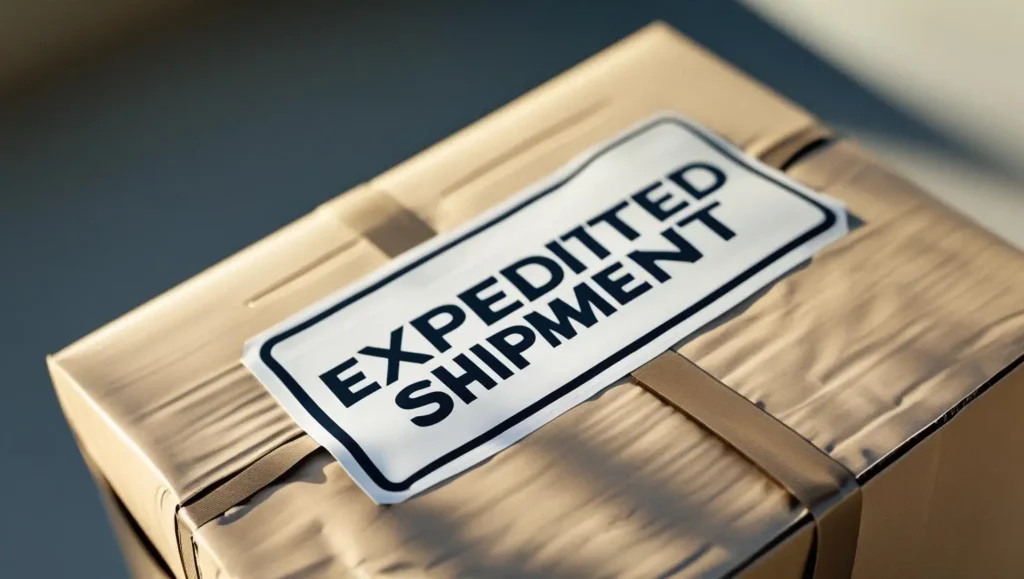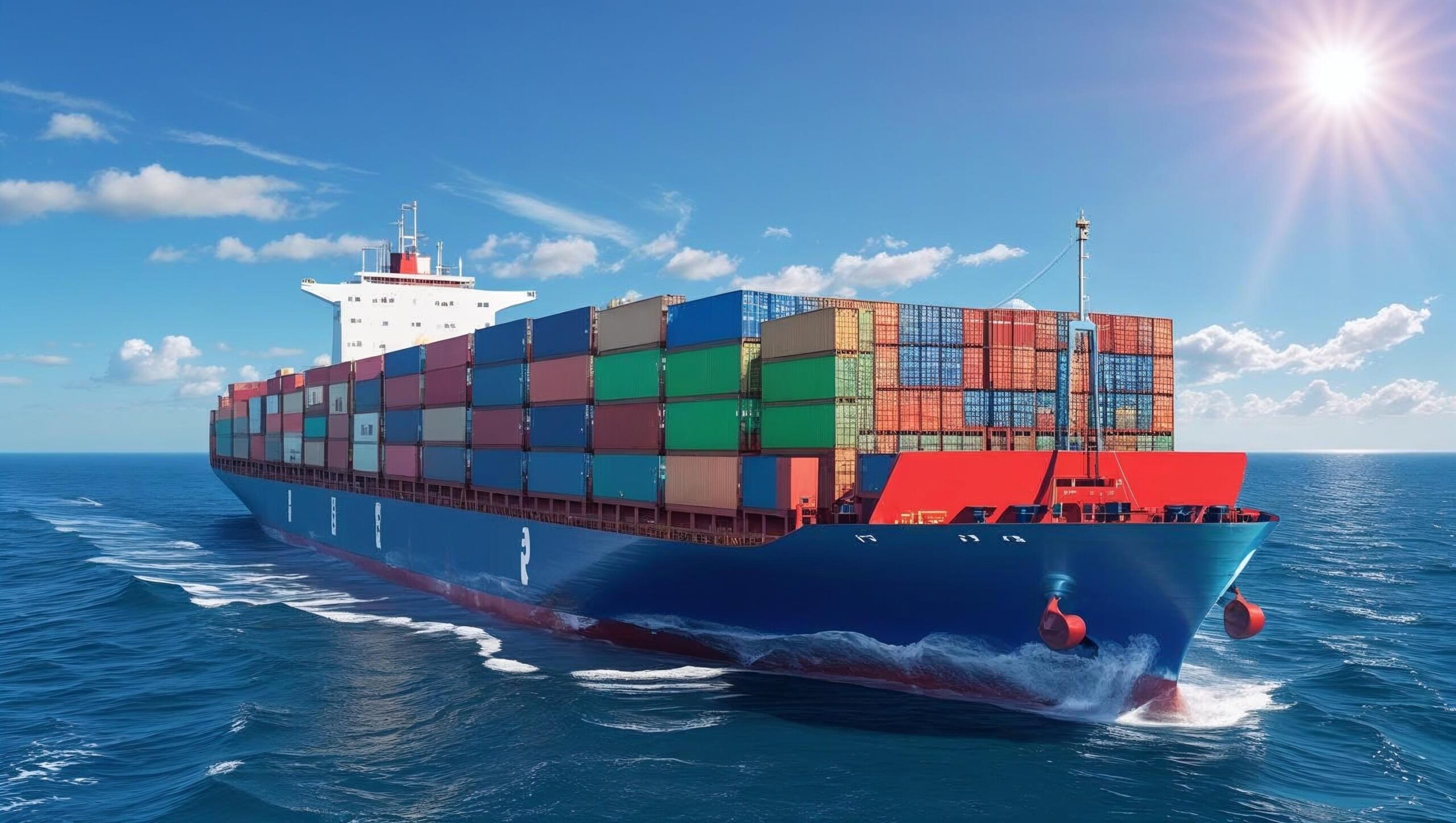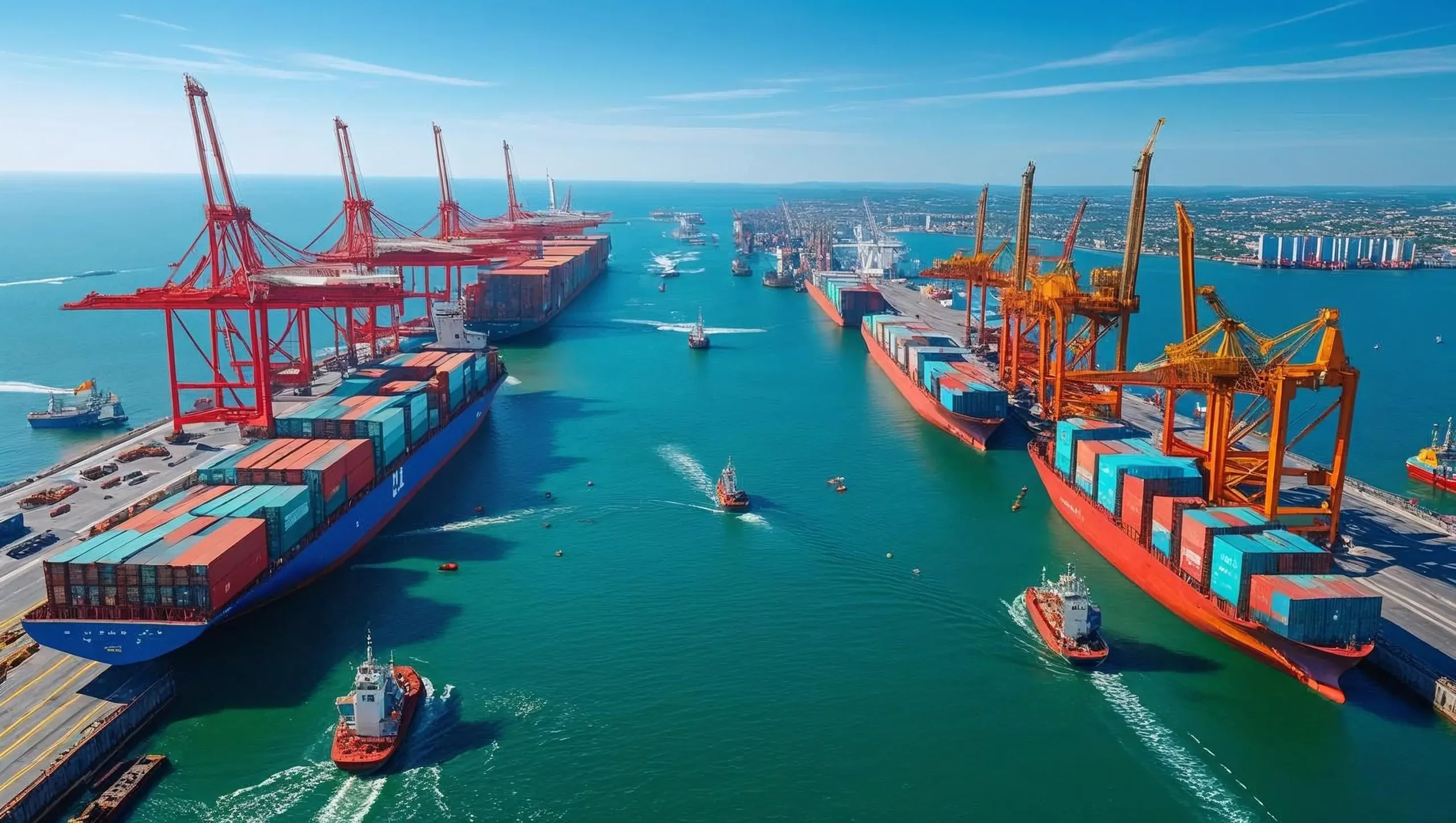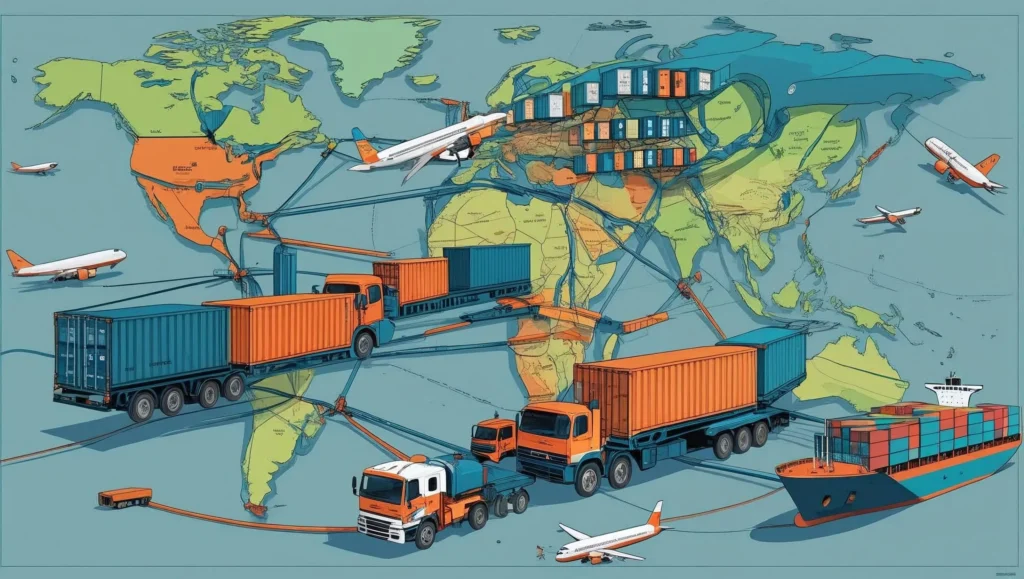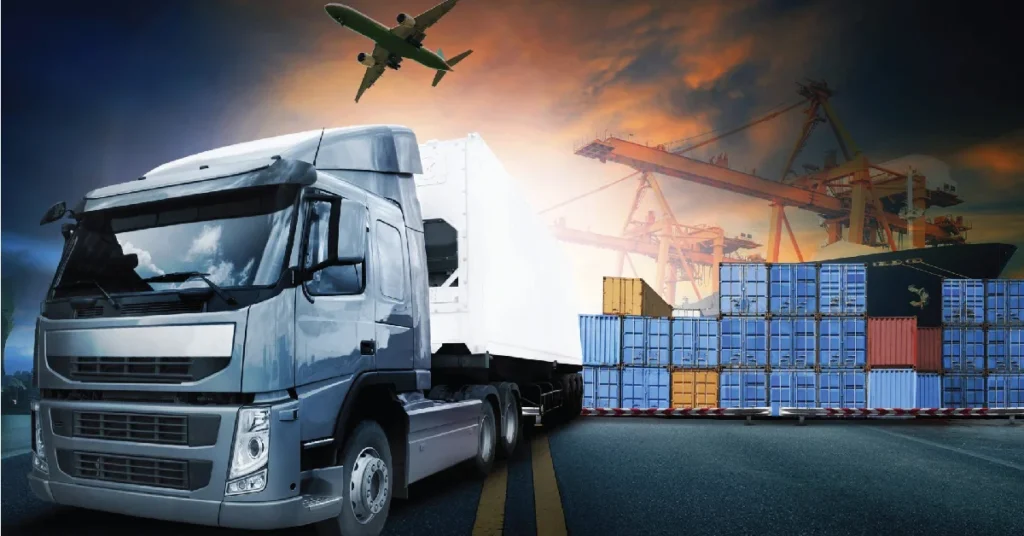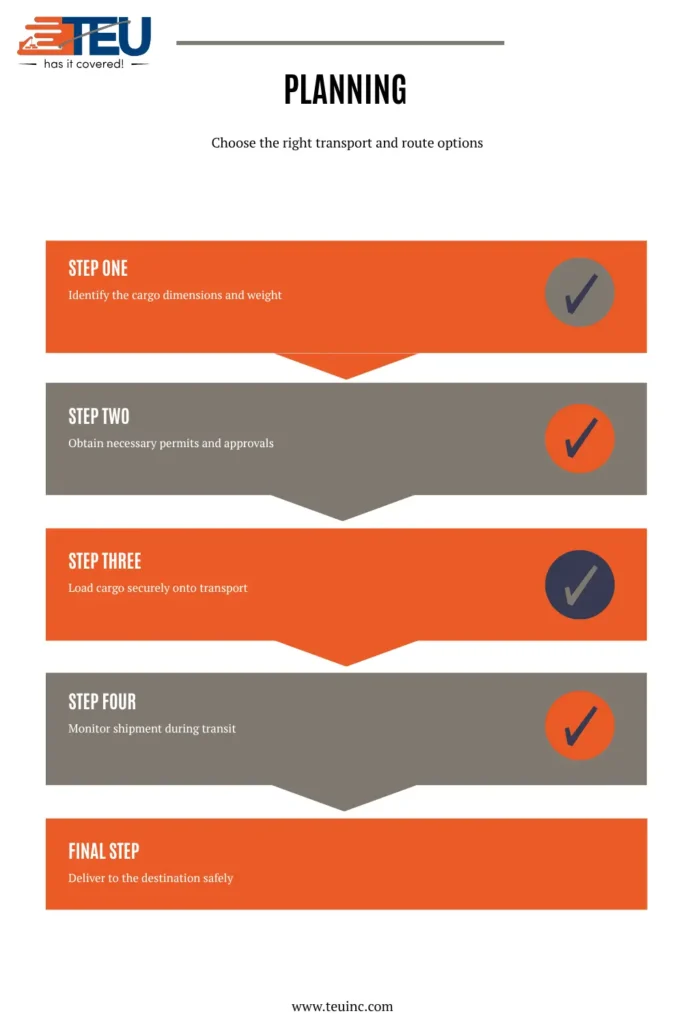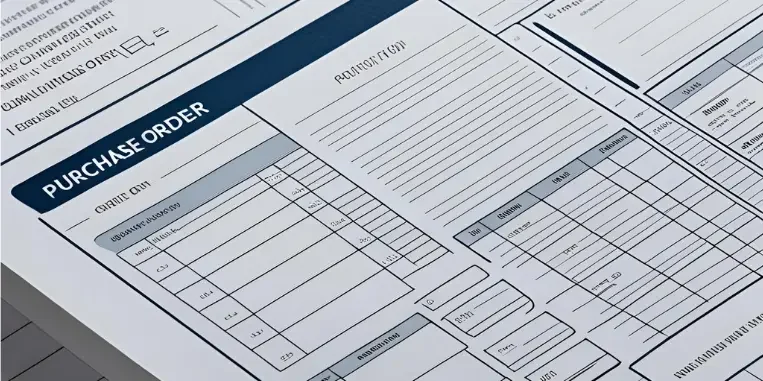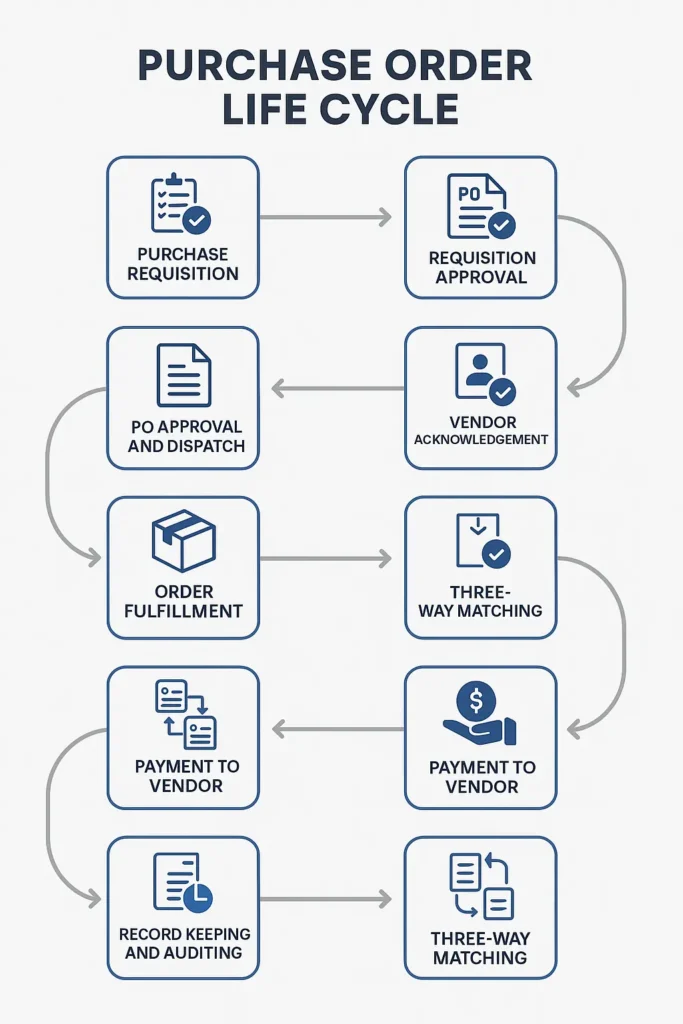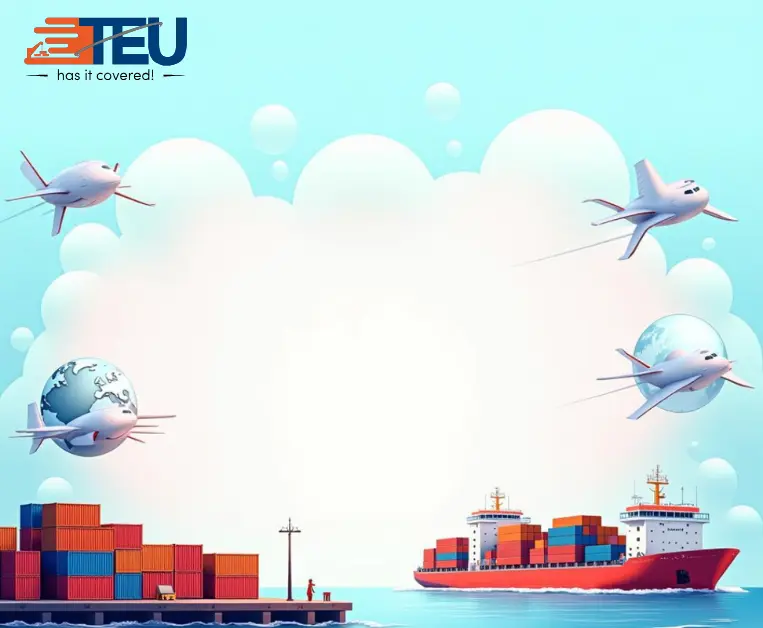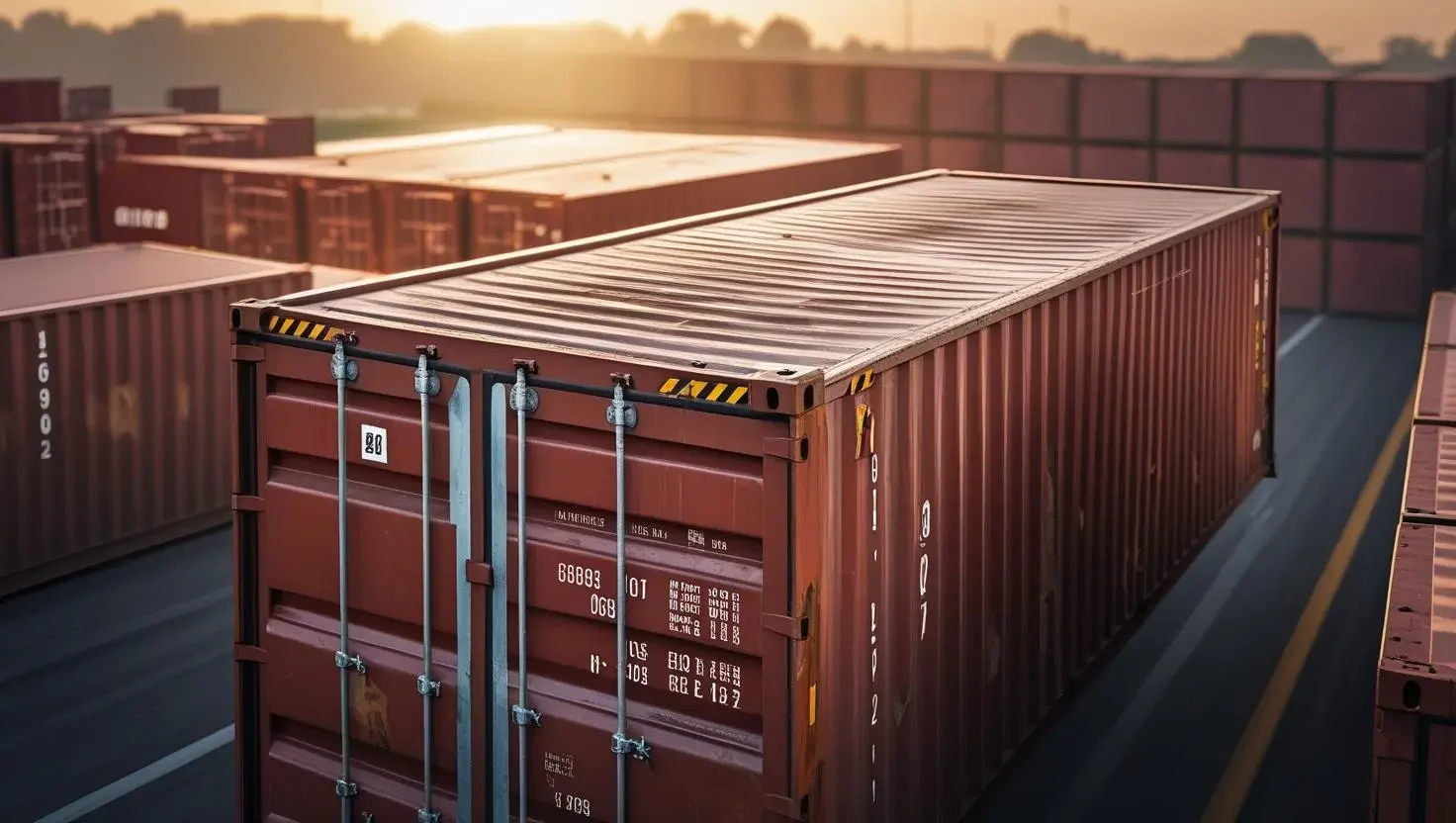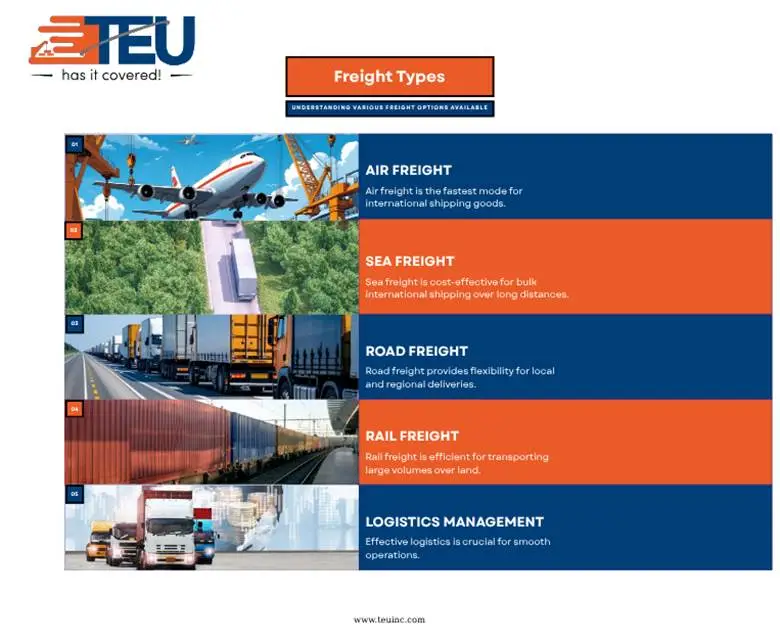Intermodal Transportation: Why More Businesses Are Choosing It in 2025
Let’s face it moving freight across the country isn’t what it used to be. Between rising fuel prices, driver shortages, and the pressure to lower carbon emissions, businesses are rethinking the way they ship goods. And that’s where Intermodal Transportation comes into play.
You might’ve heard the term thrown around in logistics meetings or supply chain webinars. But what does it actually mean? And more importantly, is it worth considering for your business?
Let’s break it down. Even if you are not too much into logistics, after reading this blog, you will get to know about Intermodal Transportation.
So, What Is Intermodal Transportation?
At its core, Intermodal Transportation just means moving freight using more than one type of transport like trucks, trains, and ships but keeping the cargo in the same container the whole way.
For Example: A container full of electronics leaves a warehouse in Chicago, gets loaded onto a train headed west, and finally hops onto a truck that delivers it to a tech store in Los Angeles. No one opens the container along the way it just gets transferred from one mode of transport to another.
Why is that such a big deal? Because it reduces handling, cuts down on delays, and lowers the chance of damage or theft.
Why It’s Gaining So Much Popularity
Intermodal has been around for a while, but in recent years especially in North America it’s become a go-to choice for smart shippers. Here’s why:
1. Cost Savings That Add Up
Trucks are great for shorter routes, but when it comes to moving freight over long distances say 500 miles or more rail is significantly cheaper. Trains can carry more at once, use less fuel, and avoid tolls and congestion. According to the EPA, rail can move one ton of freight over 470 miles on a single gallon of fuel. That’s hard to beat.
2. A Win for the Environment
Companies are under growing pressure to reduce their carbon footprints both from customers and regulators. Intermodal helps with that. Since trains emit fewer greenhouse gases than trucks, combining both modes can drastically shrink your environmental impact.
3. More Security, Less Hassle
Keeping freight sealed in the same container from start to finish means there are fewer opportunities for things to go wrong. Less handling = less damage and lower risk of theft.
4. Scalability That Makes Sense
Whether you’re shipping ten containers a month or a thousand, intermodal can grow with your needs. That’s one reason large retailers and manufacturers rely on it heavily for their long-haul freight.
When Does Intermodal Transportation Work Best?
Let’s be real intermodal isn’t perfect for every shipment. But under the right conditions, it’s a no-brainer.
Here’s when it shines:
- Your freight is going 500+ miles.
- You don’t need next-day delivery.
- Your pickup and drop-off points are near major rail terminals or ports.
- You’re shipping regular volumes weekly or monthly lanes are ideal.
So, if you’re sending apparel from a distribution center in Toronto to retailers across California, intermodal might just be your most cost-effective and reliable bet.
A Real Example: From Toronto to San Diego
Let’s take a real-world shipping route Toronto to LA and see how Intermodal Transportation would work in that case:
- First Part (Truck)
A container is loaded at a facility in Toronto, then trucked to a nearby rail terminal. - Main Haul (Rail)
It travels by train from Toronto, through Chicago, and all the way to a terminal in Los Angeles. Rail lines like Canadian National or CPKC handle these cross-border routes with ease. - Final Stretch (Truck)
Once it hits LA, a local trucking partner picks up the container and delivers it to the final stop say, a fulfillment center in San Diego.
And the best part? No one ever opens the container along the way. Fewer hands on your product means fewer things can go wrong.
Let’s Talk Benefits Again, but Real Talk
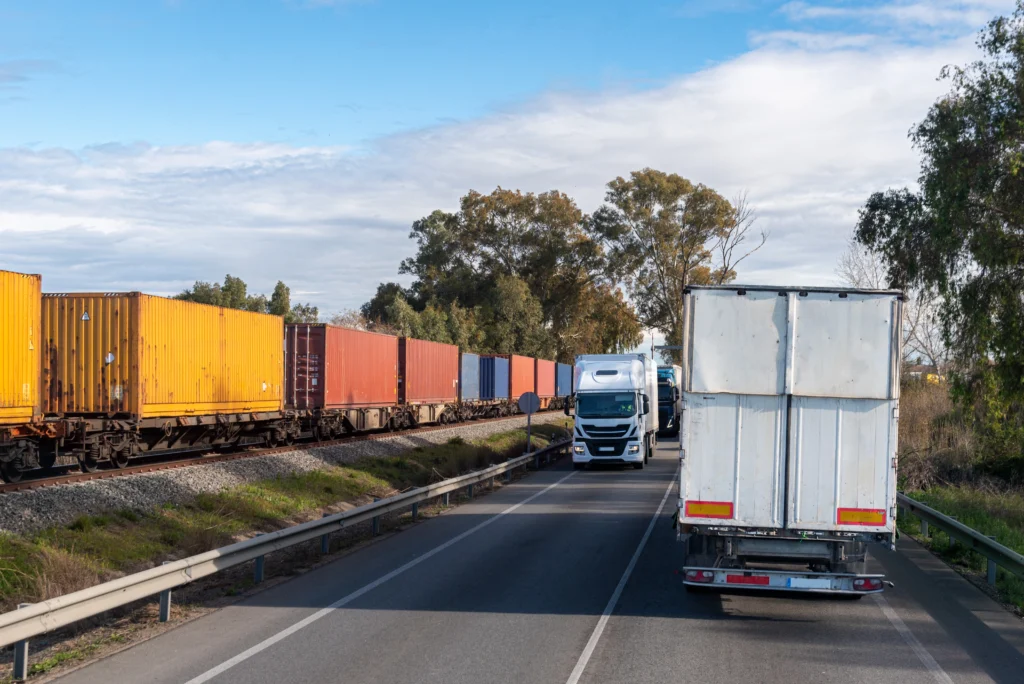
| What You Get | Why It Matters |
| Lower Shipping Costs | Rail is cheaper over long hauls period. |
| Fewer Delays | Trains aren’t stuck in traffic like trucks are. |
| Eco-Friendly Shipping | Helps you meet green goals (and brag about it). |
| Safer Shipments | Sealed containers mean less risk of theft/damage. |
| Room to Grow | Easily scale operations as your business expands. |
Not All Sunshine and Rainbows: The Downsides
Of course, intermodal isn’t without a few quirks:
- It’s Not Super Fast
If you’re used to Expedited Shipping, Intermodal Transportation might feel a little slow. You need to plan ahead and allow some buffer time. - Terminal Access Can Be Tricky
If you’re based far from a rail hub or port, first/last mile transport can eat your savings. - Coordination Is Key
Managing multiple carriers, schedules, and handoffs can get complex. That’s why many shippers partner with us to simplify the process.
Who Should Be Looking at Intermodal Transportation?
If you’re in retail, manufacturing, automotive, agriculture, or consumer goods, and your shipments are moving across multiple states or provinces it’s worth considering.
Especially if you:
- Ship to/from major cities like Dallas, Toronto, Vancouver, Chicago, or Atlanta.
- Care about cost savings and sustainability.
- Are expanding to cross-border U.S.-Canada routes.
Getting Started with Intermodal Transportation (Without the Headache)
If you’re new to this, here are a few tips:
- Know Your Routes: Check if your origin/destination has nearby rail terminals.
- Use Standard Containers: Stick with 20ft or 40ft containers that are intermodal-ready.
- Don’t Go It Alone: Work with a 3PL that understands intermodal operations. A reliable partner like us can handle booking, tracking, and delivery for you.
Also, it helps to track your freight in real-time. Delays can happen, but you should always know where your shipment is.
Final Thoughts
If your logistics strategy hasn’t changed in the last 5 years, it’s probably due for an upgrade. With today’s challenges from labor shortages to cost pressures and sustainability demands Intermodal Transportation just makes sense.
It’s not about replacing trucks. It’s about using the best of each mode truck, train, or ship in a smarter way. Intermodal helps you move freight efficiently, affordably, and with less stress.
If you’re curious how it might work for your business, reach out to our Logistics Consultants. At TEU Global, we’ll walk you through the options, customize a plan that fits your needs, and help you ship smarter in 2025 and beyond.
